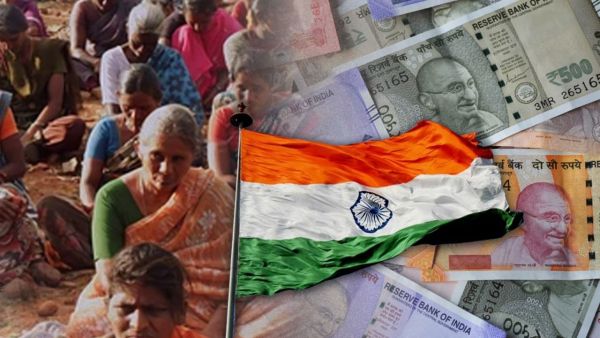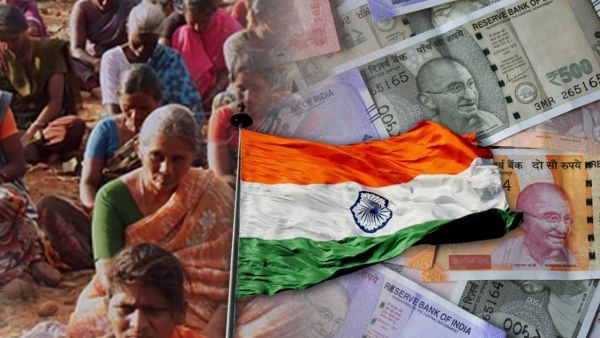

Will India grow old before becoming rich? Why are you worrying
The young population, once considered to be the biggest force of India, now gradually seems to be a new challenge. The country which was proud to be called "young nation", now this question is arising, will India grow old before becoming rich? This is because the fertility rate in India is decreasing, average age is increasing and the number of elderly is increasing rapidly. These changes are not only social, but also on the economic front. In such a situation, the big question is, will we be able to be ready for this change in time, or will the growing age put brakes at our economic speed?
India has been presenting its young population as a strength in front of the world for a long time. It was believed that due to the 65% population being less than 35 years, the country would get "demographic dividend" i.e. more working population, more production and fast economic development. Recent figures are showing a new and worrying picture. The pace of population growth is slowing down and on the other hand life expectancy (average age) is increasing. The biggest meaning of this change is that India is becoming a country of elders rapidly.
News agency Bloomberg has also counted some important points to make the population a precursor to economic progress. The agency has said that if India wants to live up to estimates, it will have to pay attention to four big fronts-Urbanisation, infrastructure, skill development as well as expansion of the workforce and boosting labore force and boosting manufacturing. According to Bloomberg, if India makes the expected progress on these fronts, then no one can stop it from taking advantage of the population and giving a new shape to the global economy. Abhishek Gupta, Senior India Economist at Bloomberg Economics, says, 'Desh is young, English is speaking and the growing labor force is moving forward the government's Make in India campaign. Global political-economic conditions are also in India's favor.
A low birth rate means that working population will decrease in future, and dependent population will increase. This will have a direct effect on productivity and GDP growth.
Niti Aayog's report states that 75% of the elderly struggle with some disease. 70% of the elderly depend on others for their basic needs. In such a situation, there will be a huge burden on health infrastructure.
Currently, only 18% of the elderly in India have health insurance and 78% do not get any pension. If the government increases pension and social welfare schemes in future, then the risk of fiscal deficit may increase.
Keeping in mind the elderly population, it will be necessary to invest in senior friendly homes, medical facilities, public transport etc. This new expenditure will become part of the economic policy.
Even in this crisis, a new market is flourishing which is being called Silver Economy. According to NITI Aayog, India's home healthcare market can reach $ 21.3 billion by 2027. Sectors such as Senior Care Technology, Medical Devices, Pension Fund Management, and Retirance Holmes may grow rapidly. It can also become a new target market for health insurance companies.